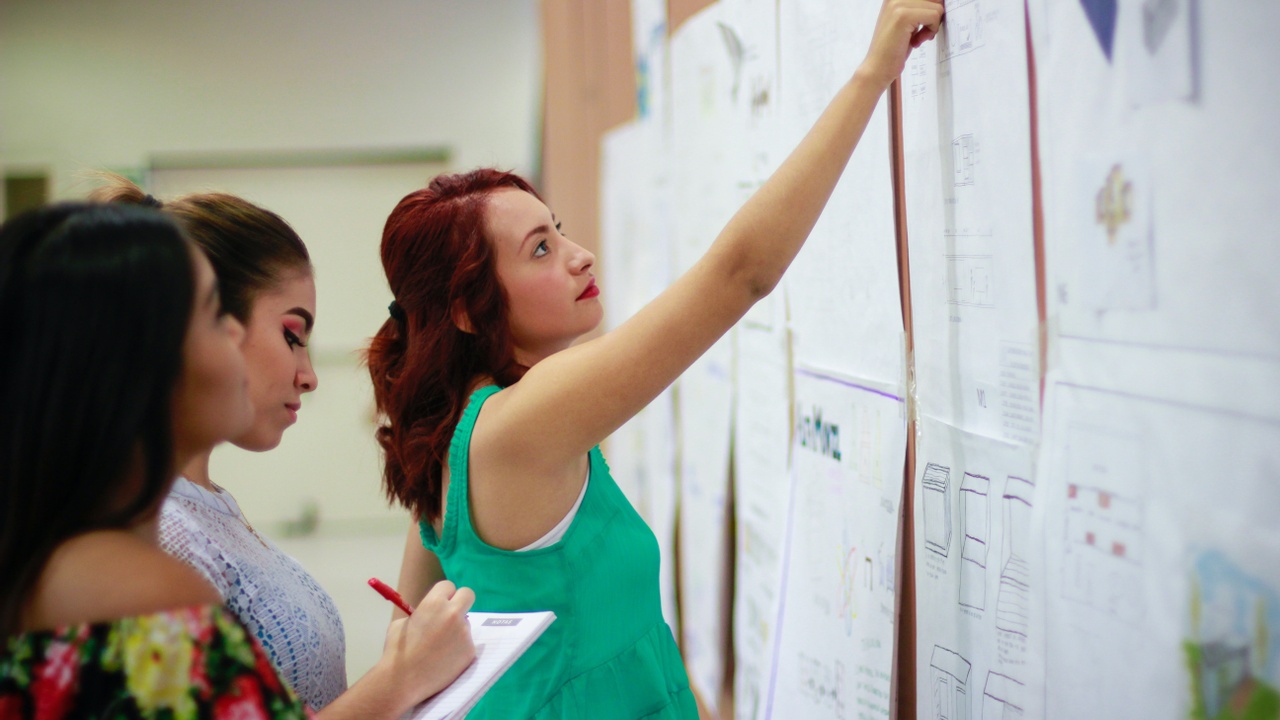Your 2020 Classroom Library: creating equity and belonging in your classroom and on your bookshelves

A classroom library is a special place, and each book on its shelves should be chosen carefully with intent and purpose.
Not long ago, the National Council of Teachers of English (NCTE) began an initiative to both encourage professional growth + development and build classroom libraries. Hence, 'Build Your Stack' was born.
Lucky for our learners, it also happens to be an excellent opportunity to build *diversity* in our bookshelves as well.
(For any given student, when they view our text selections, these should call to them: 'Yes, you can sit here.' And while this has *always* been a need, it needs to become a priority.)
Every summer, I skip my happy self to Barnes & Noble and get lost on the shelves. I arrive back home with a gang of new books to fill my summer, color my year, and build my classroom library. A longstanding ritual, and my own version of Build Your Stack, I suppose.
So the next logical step?
It's time to SHARE my stack, of course!
This yea...
8 Ted Talks for Teachers to Watch (Before You Start Lesson Planning)

This post contains 8 of the best Ted Talks all teachers should watch for motivation, inspiration, and ideas to develop student passions for and interests in learning.
I could watch it again and again.
Granted, Sir Ken Robinson's TED Talk is *the* most-watched global speech of all time, but he never fails to blow my mind.
So let's start with why that is (and I'll keep it simple):
The guy is a creativity *ninja*.
(Right now the 16-year-old, know-it-all version of me is wondering where that career was on my college majors list, but I digress).
As a Creativity Expert, Sir Ken has made it his mission in life to challenge the way we educate kids.
That is a mission I can get behind.
Now, if you don’t know Sir Ken Robinson, then you have yet watch *the* most watched TED Talks of all time, and a brilliant one for teachers, indeed: “Do Schools Kill Creativity?”
Amidst his wit and humor, Sir Ken lays it all out there:
“All kids have talents, [yet] we...
Rethinking Routine in the Secondary Classroom

What kind of habits or routines do you traditionally establish in your classrooms? How linked are these with the big picture success you envision for your learners?
In this session, we'll talk about creating daily classroom routines that translate into the kind of lifelong habits our students need to achieve any goal they set.
Like anyone else, our students' success depends on the habits they build over time. But there's no such class in the school curriculum called The Art of Habit-Building or Habitual Literacy 101.
And while it might feel like teaching them good habits is their parents' job, or that of a life coach, a therapist (or a unicorn, for that matter), it actually IS our job, and here's why..
- Habits make goals happen.
- Habits define our character.
We are both in the business of helping our students achieve their goals AND responsible for shaping their character while they're in our care.
So what can we do to legitimately build strong habits...
Standards-based Grading Implementation: shifting from grades to growth

Standards-based grading implementation has never been as important as it is when teaching digitally. The research and suggestions in this post will help you set a course of action to making your students' grades mean something real.
As you likely know from experience, teaching right now is more about establishing normalcy, continuity and community more than anything else. So the question naturally arises: 'how do you grade this?'
We're trying to figure out, what to grade, if anything, in fact.
Meanwhile, with standardized exams being canceled for the year, we have even less to go on when it comes to measuring student growth over time.
But it may just be the mindset we need because it’s forcing us to put our grade books into perspective. It's about the time we should start asking ourselves these questions, head-on:
- what do the grades we typically give actually mean?
- are our current methods for reporting progress the best way to communicate growth/progress?
- c...
10 Savvy Tech Tools to Help you Teach from a Digital Distance

As we dive head-first into distance and virtual learning, tech tools for teaching have gone from being a luxury, and sometimes a nuisance, to being absolutely necessary for helping students continue their educational journey. These 10 savvy tech tools provide a solid foundation for fostering growth and learning during these unprecedented times.
For plenty of schools, the act of using technology can be summed up in a few verbs: block, filter, confiscate. Yet in allowing smartphones in hand, our students are more connected to the world outside our classroom than we could have ever imagined.
Once we get past the idea that technology is more than a mere distraction, we can finally tap into the world of opportunity it opens for our students.
In terms of mindset, I sure hope this post finds you on the bright side of the digital rainbow because I've got 10 tech tools to share, which benefit both our learners and our trailblazin' teachers.
One thing I want to point out before beg...
Teaching ELA Remotely: 9 inspiring ideas for digital instruction

Teachers all over are trying to navigate teaching ELA remotely, and this post is full of inspiring, innovative ideas for digital instruction.
('10 Inspiring Ideas for Digital Instruction': you can watch the full Facebook Live featuring all these ideas and more by clicking HERE.)
Are you wearing your digital hard helmet (?!) because our classrooms are officially under 21st-century construction!
As overwhelming as it can be to shift toward teaching ELA remotely, we aren't going to spend this post talking about our limitations, fears, or concerns; instead, we're going to shift the emphasis on embracing and recognizing opportunities, sharing them, and making sure we all have the resources we need to implement awesome learning in our ELA classrooms.
By now, experience has likely told you that virtual learning is not like classroom learning. In other words, you can't simply 'transfer' what you're doing from physical space to digital. Rather, it's a matter of transforming t...
The (wicked-tricky) Case for Social Media in the Secondary Classroom

There's no denying the raw power of social media.
From Facebook's role in the Arab Spring in 2011, to Twitter as the core platform for taking on gun control laws in 2018, social media serves as the birthplace of awareness-building and action-taking in a digital era.
It’s also been the incubator for messages like #1000blackgirlbooks, the heart of resilience in #neveragain and the bravery of #metoo.
As we speak, it's giving people all around the world a voice and the ability to break down social, political, and cultural barriers in ways we could never imagine before.
It's helped us argue, advocate, mobilize.
Support, strengthen, sound-off.
It's arguably the ultimate learning tool (and one of *the* most accessible ones for all, at that).
Intentional use of social media can provide a professional pathway for learners to:
- network + collaborate with others
- seek out mentors
- communicate ideas
- explore interests
- celebrate talents
- and exchange world views ...
Creating Podcasts in the Classroom: 8 reasons podcasts deserve a place in your ELA class (and in your life!)

Listening and creating podcasts in the classroom lead to critical reading and writing growth, and both deserve a place in your ELA classroom.
When it comes to creating podcasts in the classroom, I can see where you’re skeptical.
- What the heck *is* a podcast even, and
- How the heck am I supposed to align these with my ELA standards?!
In other words, how can audio consumption + production genuinely lead to critical reading--even writing--growth?
Good thing you showed up today because this post has some A’s for your sweet Q’s.
Having your students listen to podcasts has its benefits. But it's pretty magical, actually, just how much of the writing process, in particular, is tucked neatly inside the creation of a single podcast episode: from brainstorming to field research, crafting catchy intros, organizing ideas, and more.
SO...
...let’s talk podcasts!
Do you listen to them yourself?
According to Jay Baer’s ‘13 Critical Podcast Stats of 2018,’ you ~just might~ bec
...Escape into Learning: using 'escape rooms' in ELA

If I could have one wish in my classroom, it would be for my writers to approach their essays the way they do their video games.
Gamers will die a thousand deaths and get right back up again as they fight relentlessly to secure that next ‘save’ spot. But when they put down the joystick and pick up their pencils, unfortunately, our writers leave that mindset next to their gaming consoles.
You can call Writer’s Circle all *week* if you want, but if there’s no intrinsic driver calling those students to duty, forget it.
But if we combine this knowledge with what we know about today’s students, we just might find space to pivot, after all.
Game On
In Holly Clark and Tanya Avrith’s text, The Google-Infused Classroom, they outline 10 important characteristics of today’s learners, two of which are key to this post.
Today’s learners:
- prefer hands-on and interactive projects, and they
- want to win; they (use strategy and) expect do-overs.
Simply put? Our st...
Getting Started with Persuasive Pitches in ELA

Not all of our students will go on to be entrepreneurs. But that doesn’t mean they shouldn’t learn to think like them...
*winks*
We live in an entrepreneurially-minded world, where skills such as problem-solving, creativity, grit, and teamwork are the backbone of innovation and progress.
In having these skills, our learners will better understand themselves and the needs of our society.
Yet one-too-many teachers (former Self, including) operate on the belief that entrepreneurial skills and cognitive learning targets can’t co-exist in the same lesson plan.
(Think Harry-Potter-and-Lord-Voldemort, here)
There just isn’t enough *time*, we tell ourselves, to dedicate toward teaching self-direction!
But if I’m speaking the God’s Honest on a Sunday: that’s a bunch of malarky. Hogwash.
Straight rubbish!
After all, what’s a good, written argument if there’s no good problem-solving behind it? What’s a good team research project without teamwork?!
...

